

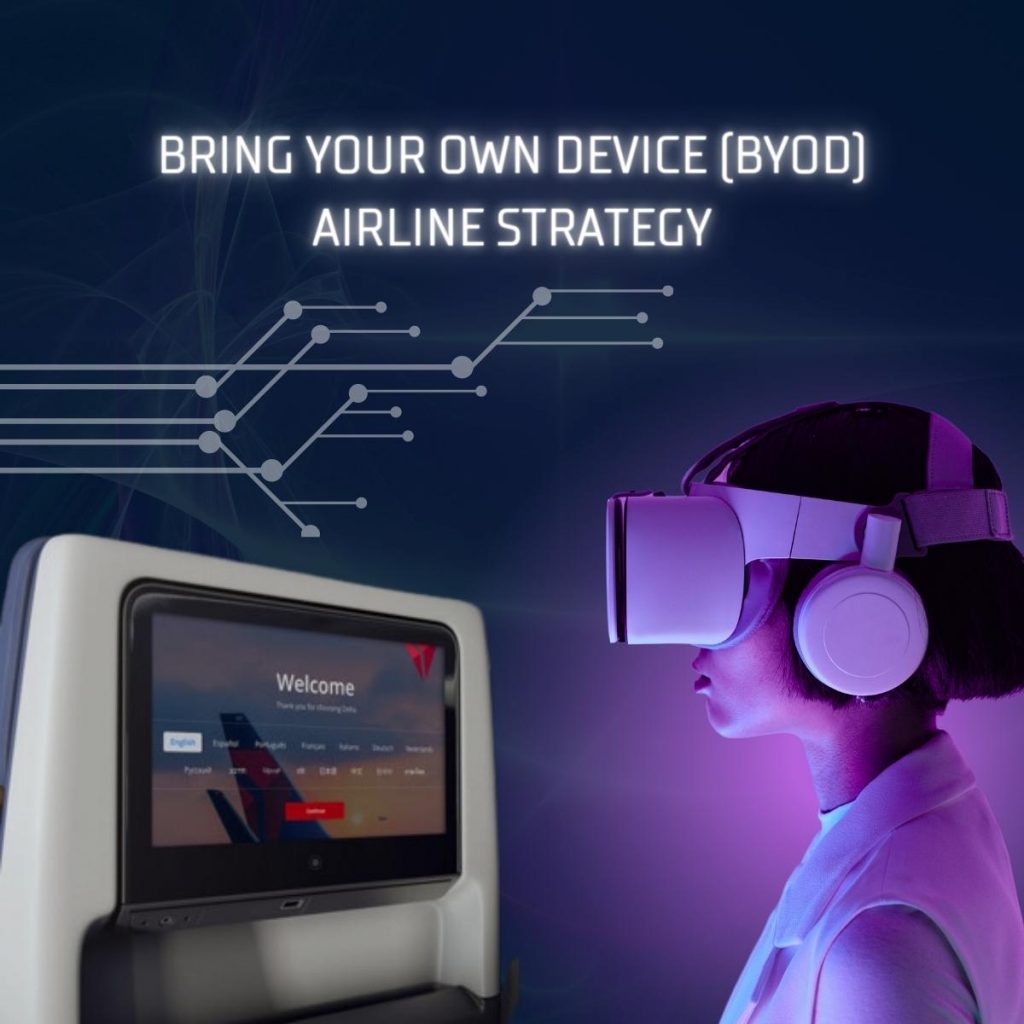
While BYOD adoption is growing across all flight lengths, many full-service carriers continue to retain seatback screens on long-haul flights to offer a premium viewing experience. However, a hybrid approach is becoming more common—pairing the immersive comfort of seatback screens with the flexibility and interactivity of BYOD. The current default in many of these setups?
Use the seatback screen for video content and the IFC system simply to offer plain Internet access. But this is just the first step. A more strategic approach is to leverage the IFC portal as a second-screen hub, enriching the journey with e-commerce, destination content, loyalty tools, and personalized services—directly on the passenger’s mobile device.
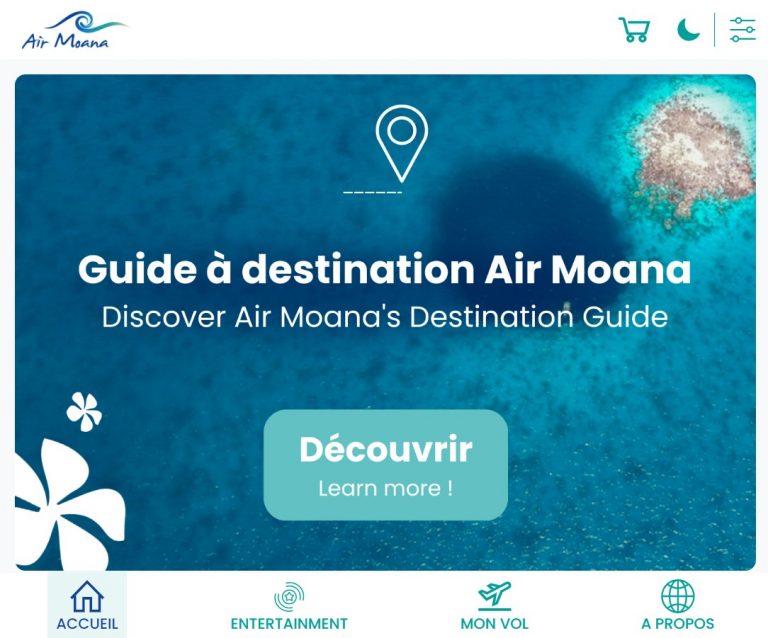
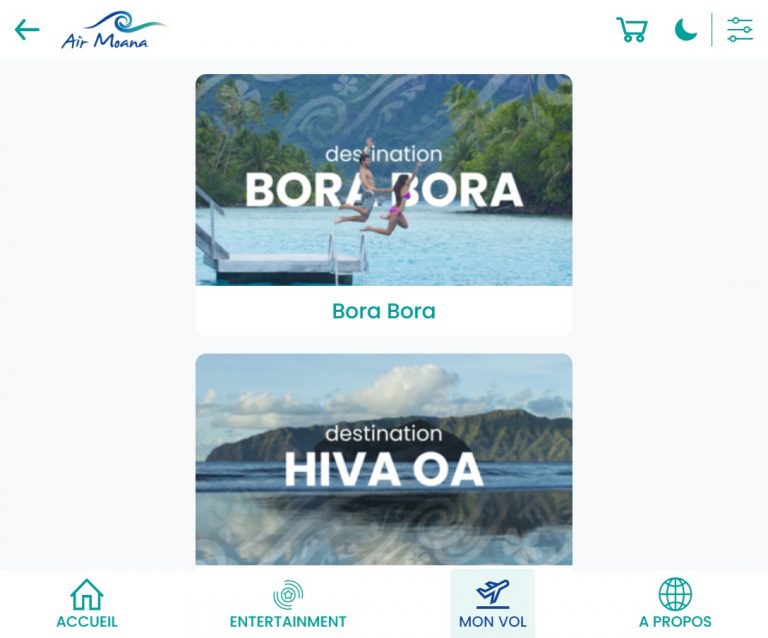
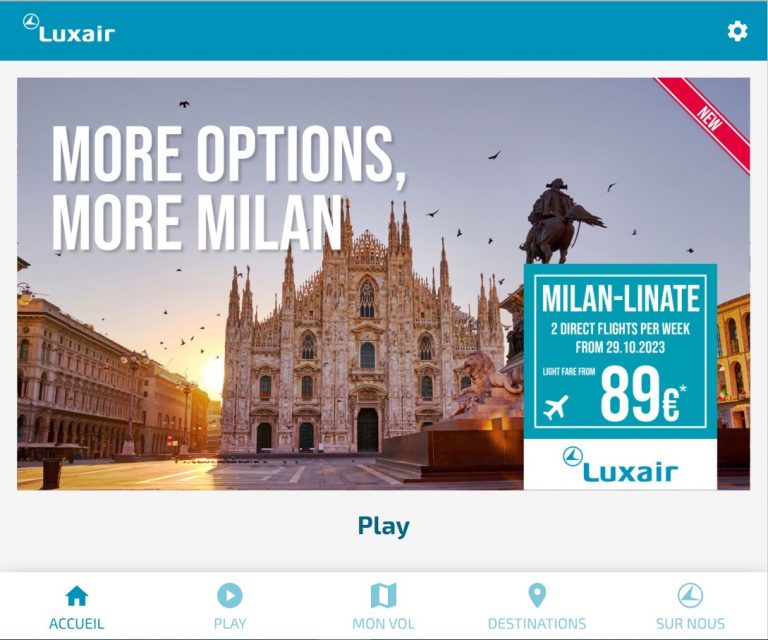
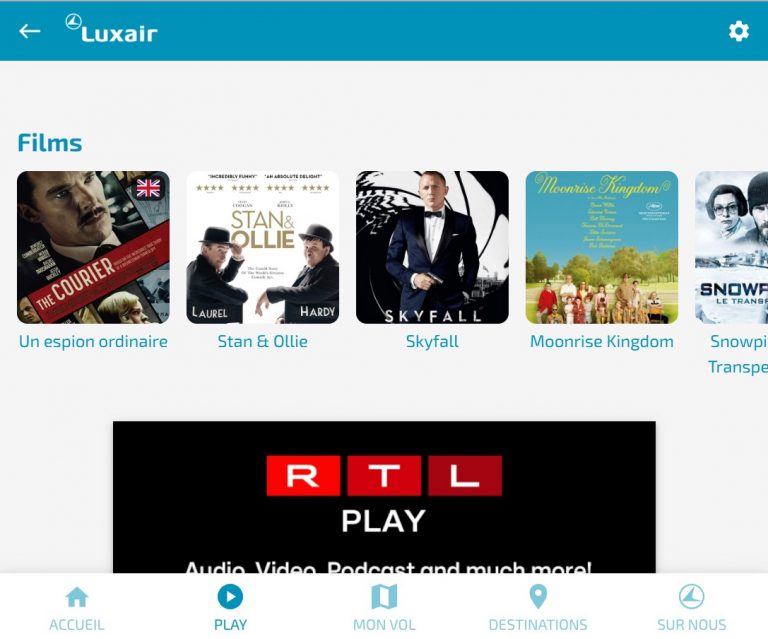
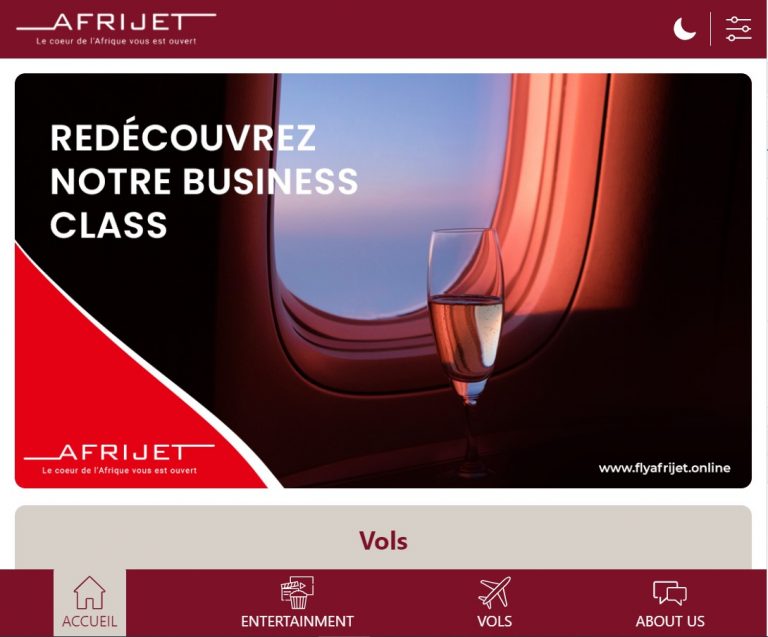
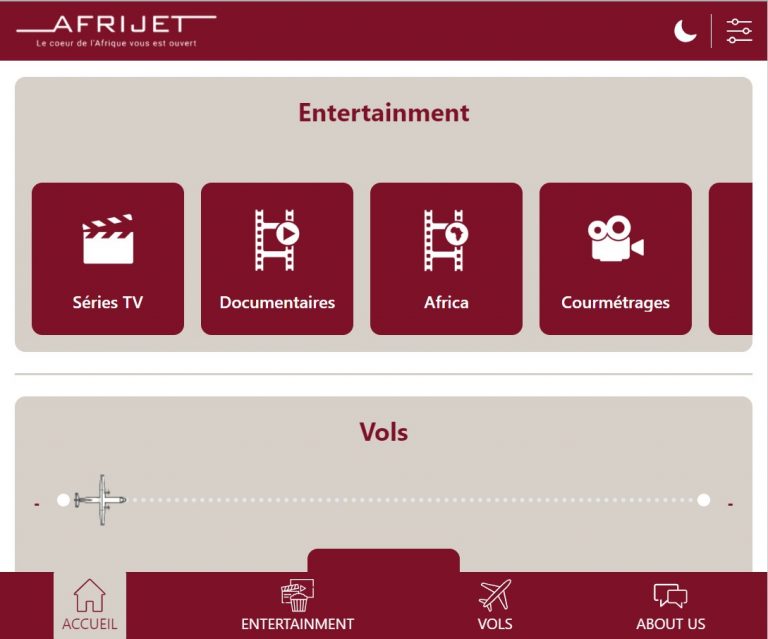
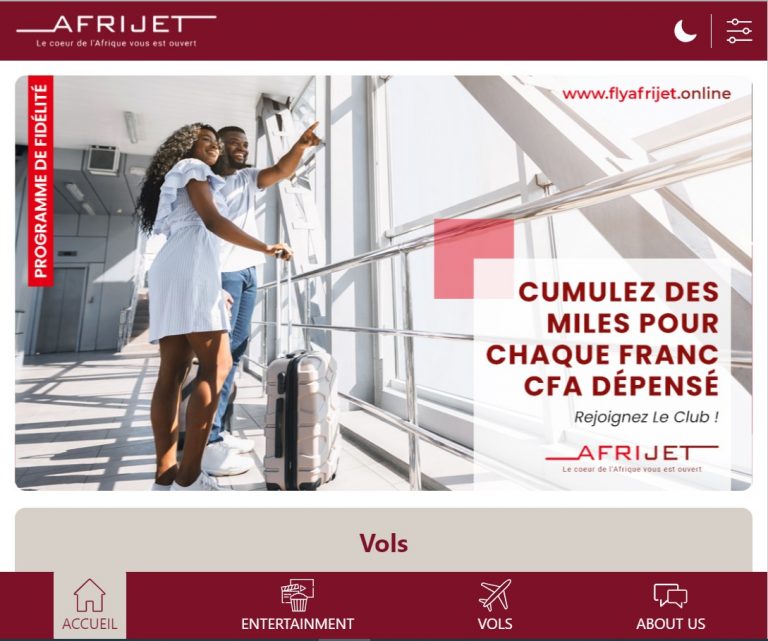
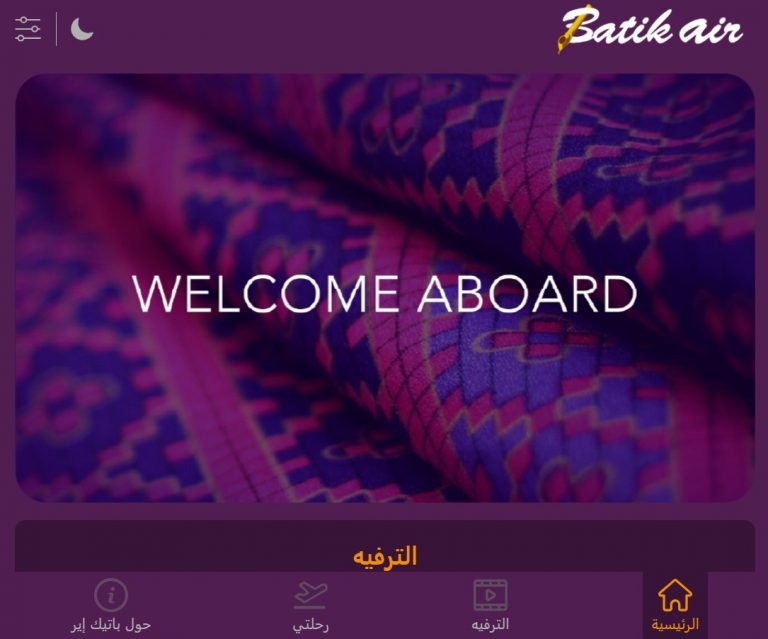
Seatback screens are difficult and expensive to update. Any software changes or new features often involve complex certifications and long lead times.
In contrast, an IFC portal built on a flexible, browser-based platform is easy to manage, update, and customize. This allows airlines to:
Roll out seasonal promotions, dynamic advertising, and flash sales.
– Offer real-time food and beverage ordering, with direct delivery to the seat.
– Promote loyalty programs, and onboard enrollment.
– Curate destination-based content and exclusive offers.
– Push timely flight updates and airline announcements.
All this without touching the embedded IFE system.
A balanced, passenger-centric IFE strategy should look like this:
– Let the seatback screen do what it does best: Provide a seamless, comfortable movie and TV-watching experience.
– Let the BYOD portal do the rest: Serve as the digital gateway to services, personalization, e-commerce, and more.
Use the seatback screen as a promotional tool. For example, display a QR code alongside the digital menu, redirecting passengers to place orders via their phone. It’s a simple yet powerful way to introduce the second screen usage and reduce crew workload at the same time.
Most IFE providers now offer device pairing features, letting passengers link their mobile phones to seatback screens. This can enable:
1. Remote control functionality—use your phone to browse and play content.
2. Content sharing—cast your own media to the screen.
While promising on paper, both scenarios come with caveats.
– Low usage rates: Unless passengers are aware of the feature and already have your airline’s app downloaded (which many don’t), adoption remains minimal.
– App fatigue: Travelers today want fewer apps, not more. Offering access via a browser-based portal is now the preferred option.
– Content moderation risk: Allowing personal content on shared screens can raise compliance and reputational risks, especially if inappropriate media is cast during flight.
In most cases, it’s more effective to focus on enhancing the BYOD portal than investing heavily in underutilized pairing features.
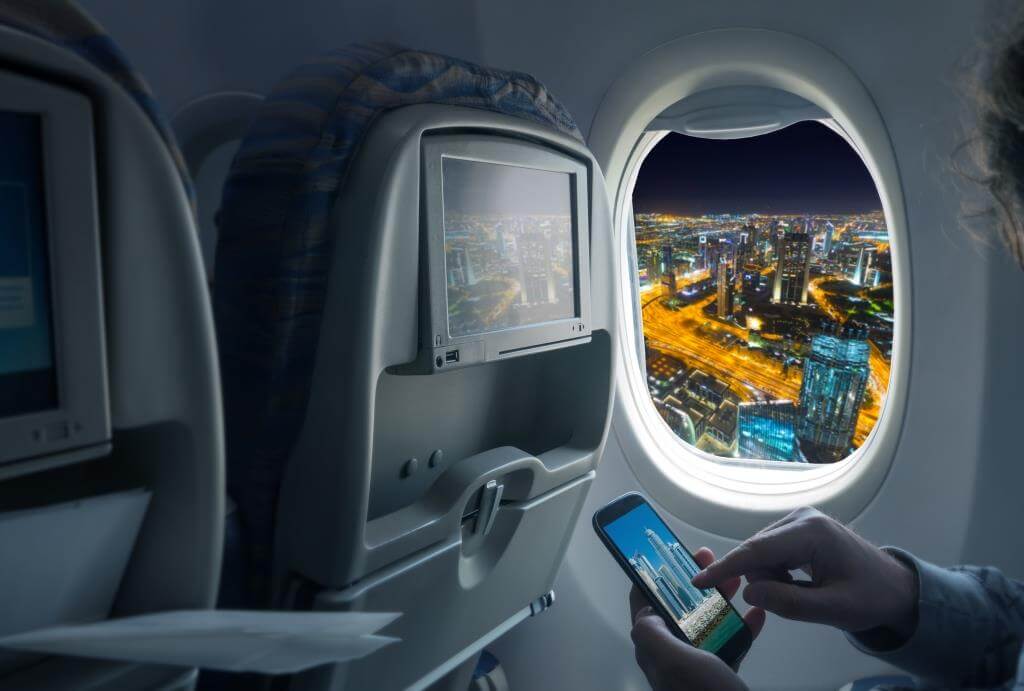
Done right, BYOD isn’t a downgrade—it’s a strategic upgrade. Here’s what your airline gains:
– Enhanced passenger interactivity: Self-service ordering, games, shopping, and surveys—all within easy reach.
– Lower operating and hardware costs: Especially critical for expanding fleets and LCCs.
– Streamlined content updates: Update menus, promotions, or destination offers with zero cabin downtime.
– Greater personalization: AI-driven recommendations and CRM integration are easier to implement on BYOD than on embedded systems.
PXCom specializes in creating dynamic, browser-based IFC portals that enhance passenger experience while supporting airline monetization goals. Our SkyVerse platform lets you integrate seatback and BYOD strategies, push real-time content updates, and link digital services directly to revenue opportunities—without needing to upgrade your embedded systems.
From QR-enabled seatback promos to personalized second-screen experiences, we help airlines unlock the full potential of their BYOD ecosystem.
The BYOD trend is no longer a side option—it’s becoming a cornerstone of digital inflight strategy. When combined with embedded IFE, it creates a hybrid experience that maximizes comfort and interactivity.
As passengers grow more digital-savvy, the expectation is clear: Airlines must meet them where they are—on their own devices.
So, don’t just connect your aircraft.
Connect your content, your services, and your passengers.
The in-flight entertainment (IFE) landscape is shifting—fast. As more airlines explore cost-effective, scalable solutions to enhance passenger experience, Bring Your Own Device (BYOD) has emerged as a transformative trend. Already a no-brainer for short- and medium-haul flights, BYOD is now making headway even on long-haul routes, where it complements traditional seatback screens rather than replaces them entirely.
But BYOD isn’t just about cutting hardware costs. It unlocks new opportunities for personalization, interactivity, and ancillary revenue, especially when paired with a robust inflight connectivity (IFC) portal. Here’s how airlines can evolve their IFE strategies to stay ahead of passenger expectations.
TRAVELER’S MICRO-MOMENTS Home Capturing the Traveler's Micro-Moments 26 April 2022 microMoments, Technology, traveler Time Is No Longer Measured in Days,…
IFE TO THE RESCUE Home WHEN IFE COMES TO THE RESCUE OF FLIGHT ATTENDANTS! 25 June 2022 Digital Services, IFE,…
Digital AD: IVT-FREE Zone Home DIGITAL INFLIGHT ADVERTISING: AN IVT-FREE ZONE 20 May 2022 Advertising, IVTFREE, Technology In late 2015,…